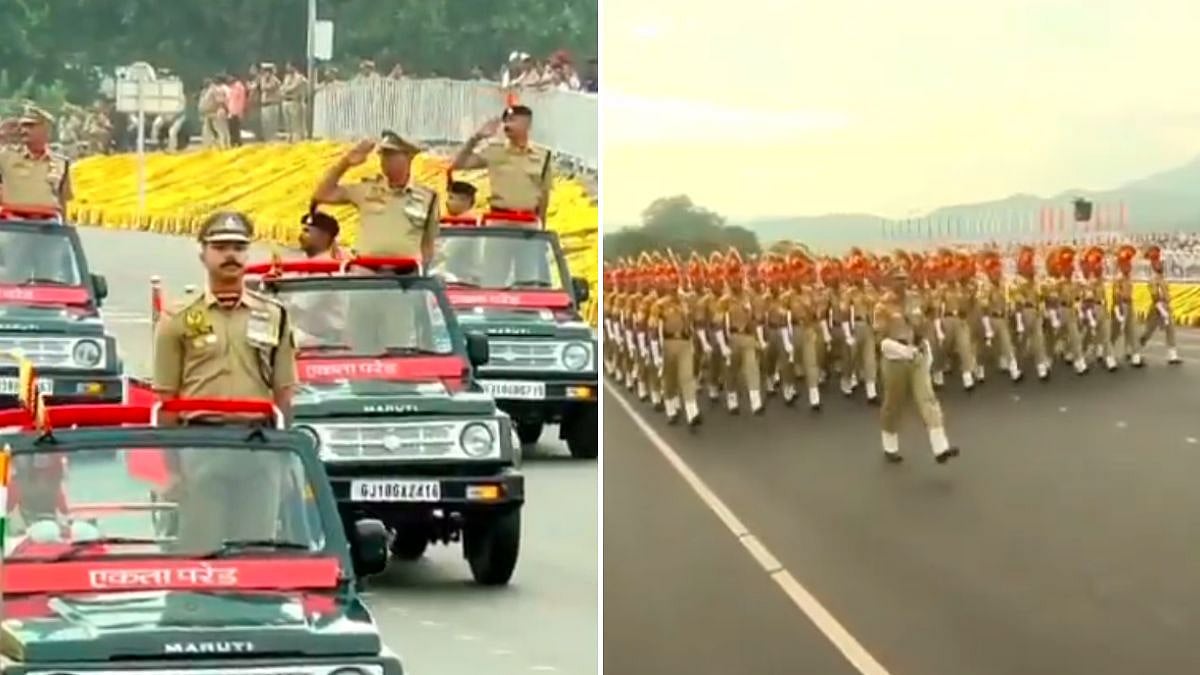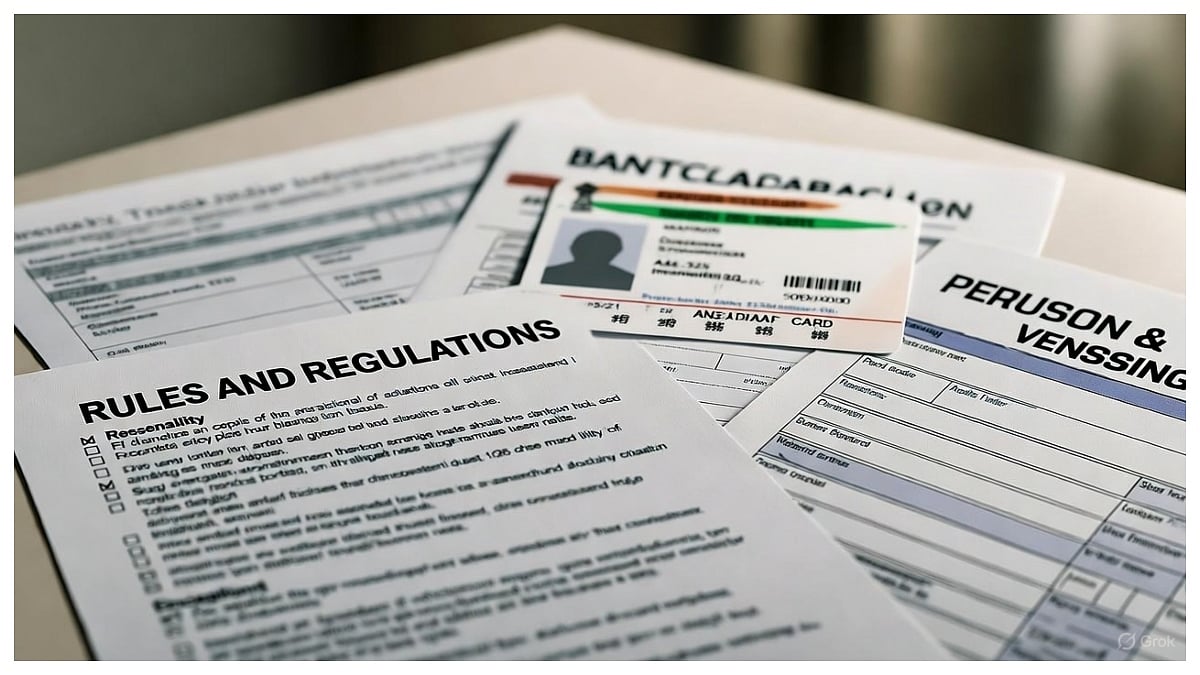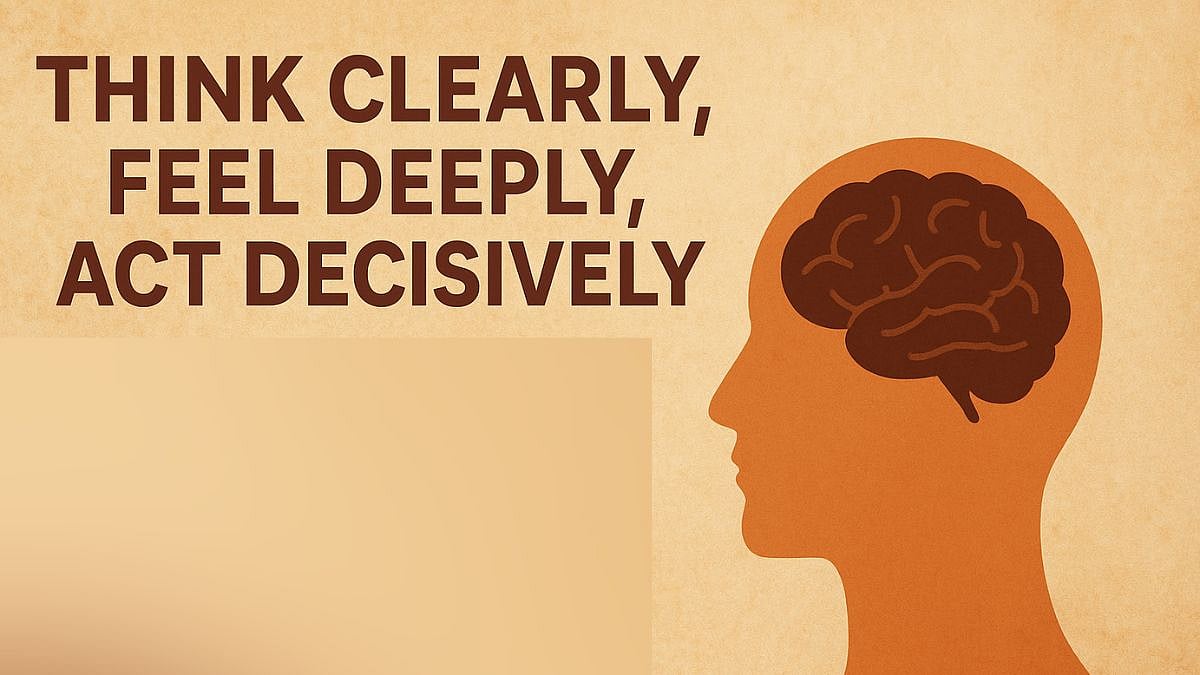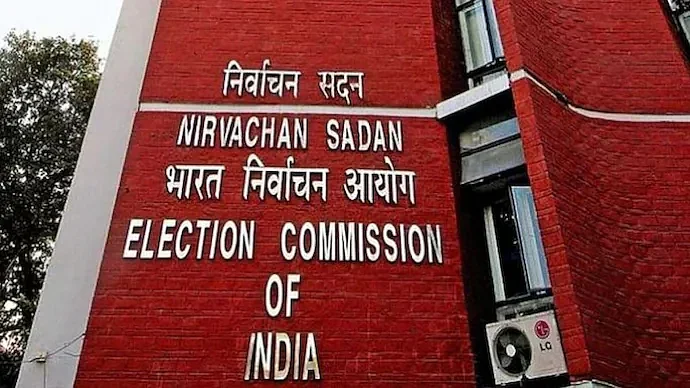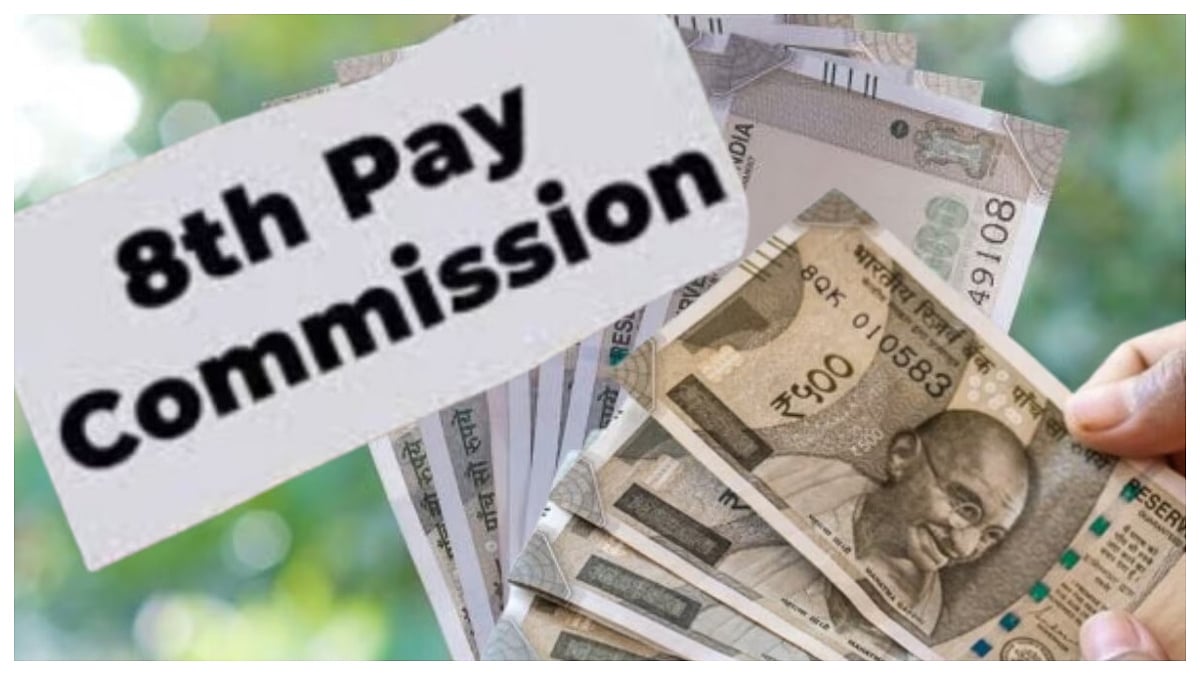India has been famously described as a land where many centuries co-exist but now, it is also one where many versions of the truth co-exist; somewhat like the six blind men discovering an elephant.
So it is that Union Health Minister Harsh Vardhan claims that there is no shortage of oxygen in hospitals, so it is that Chief Minister Yogi Adityanath threatens to seize the property of anyone who conspires to defame the UP government over Covid deaths, so it is that the Indian government terms as ‘completely baseless, slanderous and malicious’ a report in ‘The Australian’ blaming Modi for leading India into a viral apocalypse.
Truly, India cuts a sorry figure in the run-up to the World Press Freedom Day on May 3, which acts as a reminder to governments of the need to respect their commitment to press freedom. The UNESCO promotes it as a day of support for the media ‘which are targets for the restraint, or abolition, of press freedom’. It is also a day of remembrance for journalists who have lost their lives in the pursuit of a story.
Journalist's ordeal
A horror story is the case of Siddique Kappan, a part-time reporter for a news portal. A native of Kerala, he was arrested by UP Police in October last year when he went to Hathras in UP to report on the rape and murder of a Dalit girl. Kappan was booked for ‘trying to create communal unrest in UP’ and later charged under the draconian Unlawful Activities Prevention Act (UAPA), for his alleged association with the Popular Front of India, an extremist Islamist outfit. Kappan, 42, who has co-morbidities, contracted Covid in prison and was shifted to a hospital in Mathura, UP, where he was chained like an animal to a hospital bed.
Hearing a habeas corpus petition filed by the Kerala Union of Working Journalists (KUWJ) on Wednesday, the Supreme Court ordered Kappan to be shifted to a hospital in Delhi for treatment. Solicitor-General Tushar Mehta, appearing for the UP government, called the KUWJ, of which Kappan is an office-bearer, a “purported organization of journalists which is not mainstream” whereas it has members from all mainstream and established newspapers.
Kappan’s case is not unique. According to Geeta Seshu, co-editor of the Free Speech Collective, there has been a sharp rise in criminal cases lodged against journalists in India for their work, with a majority of cases in BJP-ruled cases. Her research shows that in the last decade, 154 journalists in India were arrested, detained, interrogated or served show-cause notices for their professional work and a little over 40 per cent of these instances were in 2020. Nine foreign journalists faced deportation, arrest, interrogation or were denied entry into India in the last decade.
Draconian UAPA
Others booked in recent years under the draconian UAPA and left to rot in jail include civil rights activists, lawyers and academicians in the 2018 Bhima Koregaon-Elgar Parishad case, students arrested in the anti-CAA protests, human rights defenders, RTI activists and even an 83-year-old Jesuit priest, Stan Swamy.
A 1967 law, the UAPA has been repeatedly amended to include stringent provisions in the name of fighting terrorism. Further, a 2019 Supreme Court ruling has made it near impossible for the accused in such cases to get bail, shifting the onus of disproving the charges on them. According to the National Crime Records Bureau, 1,948 people were arrested in 2019 under the UAPA, up from 999 in 2016, while convictions have been very low; in 2019, 34 persons were convicted, 16 discharged, and 92 acquitted.
The hostility against anti-establishment journalists in India -- called ‘presstitutes’ by a Union minister and ‘bikau patrakar’ (sold-out journalists) by the PM -- is such that six of them, including big names such as Rajdeep Sardesai and Mrinal Pande, were booked for sedition just because they ‘shared misinformed news and instigated violence on Republic Day’ through their tweets about the death of a farmer in police firing, which were subsequently corrected, as the farmer died in a tractor crash. Also booked for the same offence was Congress MP Shashi Tharoor.
Pertinently, the six journalists and Tharoor were booked for sedition based on a single complaint by ‘social worker’ Arpit Mishra of Noida. And identical FIRs were filed against them in five different states.
FDI stands for...
The Congress made a point when it countered the PM’s jibe about FDI being Foreign Destructive Ideology (in reference to Greta Thunberg’s support to the Indian farmers’ agitation) when it said that the FDI that is likely to come is Fear, Deception and Intimidation.
India is going through an Orwellian nightmare. Last year, the Delhi police tried to ensnare IAS officer-turned-communal harmony activist Harsh Mander and Prof Apoorvanand of Delhi University under the UAPA when the duo criticised its lopsided handling of the Delhi riots.
Such is the bigots’ hatred for independent journalists that on February 11 this year, a little-known YouTube channel posted a video calling for five of them to ‘be hanged’. It is to be noted here that the murder of the outspoken Hindutva critic and journalist Gauri Lankesh is unsolved, as are the murders of rationalist Narendra Dabholkar, left-wing politician and author Govind Pansare and scholar M M Kalburgi, all of whom opposed Hindutva.
Democracy Index
Is it any surprise then that India has fallen from a global ranking of 27 in 2015 to a ranking of 53 in 2020 in the Democracy Index compiled by the influential magazine, The Economist?
There is enormous pressure on the mainstream media to toe the government line. A day before announcing a national lockdown on March 24 last year, Modi had personally asked the owners and editors of the 20 biggest mainstream print media outlets to publish ‘positive stories’ about the crisis and to “act as a link between government and people”.
Six days later, on March 31, it even asked the SC to ‘direct’ the media to publish nothing about the epidemic without confirming it with the government. Given the outcry over this unconstitutional move, the SC did not acquiesce.
Recently however, the government managed to get Twitter to censor tweets critical of India’s handling of the pandemic.
To be safe, a significant part of India’s mainstream media is playing a ‘both-sides game’ to appear objective. Most are in self-censorship mode. Some newspapers and TV channels are simply dropping columnists or anchors seen as critical of the government. This is a far cry from the pre-Independence days when S Sadanand, founder editor of The Free Press Journal, sold his land and his house to pay a ruinous fine, instead of taking up the British offer to apologise and be pardoned.
However, there are still those who do the right thing. When the Hindustan Times declined to publish a piece by historian Ramchandra Guha on the Central Vista, a pet project of the PM, he announced that he was withdrawing his fortnightly column in the paper.
Fighting back
The mainstream media has not given up the fight. Twenty journalists specialising in covering health issues addressed ten key questions to the government on March 30 last year about its handling of the crisis and the lockdown, especially on the suppression of the fact that the pandemic had gone into community transmission.
This brings us to this year’s World Press Freedom Day theme, which is ‘Information as a public good’. It serves as a call to affirm the importance of cherishing information as a public good and exploring what can be done in the production, distribution and reception of content to strengthen journalism.
Of late, the ‘jugalbandi’ between the media and the judiciary has ensured that the spotlight stays on the fight against Covid. The media brought the emergency to the court’s notice. Now, the courts need to see the other elephant in the room – media freedom.
As noted lawyer Fali Nariman told a gathering at the Press Club of India in New Delhi last June: “Freedom after speech – that is really what freedom of speech is all about”.
The writer is an independent journalist based in Mumbai. He welcomes feedback on anilsinghjournalist@gmail.com



